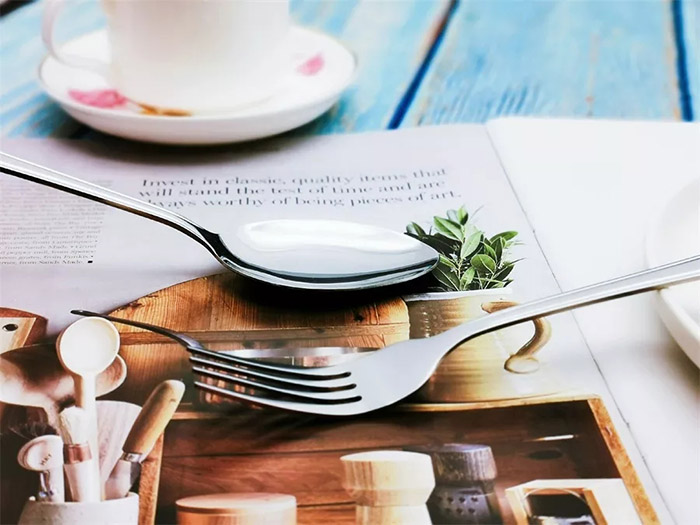
If you’ve ever shopped for stainless steel items, you’ve probably heard of the two most prevalent grades: 400 series and 304. But what exactly do these grades imply, and how do they differ? In this blog article, we will discuss the distinctions between 400 series and 304 stainless steel in order to help you make an informed decision when purchasing items produced from either material.
400 Stainless Steel
The 400 class of stainless steel is well-known for its toughness and corrosion resistance. This type of stainless steel is commonly used in applications requiring a high level of durability, such as cutlery, kitchen equipment, and appliances. It is also often used in automobile parts due to its ability to withstand wear and tear over time.
The inclusion of nickel in the 400 series stainless composition distinguishes it from other varieties. Because of this addition, it is more ductile than other forms of stainless steel and can be bent without breaking or cracking. Nickel also provides strength and helps to avoid corrosion or pitting over time. However, because to its somewhat increased carbon content, 400 series stainless is not as corrosion resistant as 304 stainless.
304 Stainless Steel
Because of its mix of strength and corrosion resistance, 304 stainless steel has long been one of the most popular grades available. It includes 8-10% nickel, which makes it more rust-resistant than grades like as 410 or 430. It also has a low carbon content, which helps to lessen corrosion risk over time. With careful care and maintenance, 304 may survive for years without displaying indications of wear or rust.
While 304 may be more expensive than other varieties of stainless steel, it provides higher performance and longevity, which may save you money in the long term by eliminating the need for repairs or replacements.
What Is the Difference Between 304 and 400 Stainless Steel ?
The composition of stainless steel 304 and 410 is one of the key variances. Stainless steel 304 has an 18% chromium content and an 8% nickel content, whereas stainless steel 410 has a 13% chromium content and just 0.5% nickel content. Because of this diversity in composition, each variety of stainless steel has unique features and applications.
Corrosion Protection
Stainless steel 304 resists corrosion better than stainless steel 410. This is due to the greater chromium levels in stainless steel 304, which produces a protective coating on the metal’s surface, preventing rust and other types of corrosion. Although stainless steel 410 is less corrosion-resistant than stainless steel 304, it can still withstand most forms of corrosion if properly maintained.
Strength
304 stainless steel is also stronger than 410 stainless steel.This is because stainless steel 304 has higher quantities of chromium and nickel, which contribute to its overall strength. Although stainless steel 410 is not as robust as stainless steel 304, it is still suitable for most purposes.
Temperature Tolerance
Stainless steels 304 and 410 can withstand high temperatures without compromising structural integrity. However, stainless steel 304 can withstand higher temperatures than stainless steel 410. This is owing to stainless steel 304’s greater amounts of chromium, which helps it to keep its structure at higher temperatures better than stainless steel 410.
Cost
Stainless steel 304 often costs more than stainless steel 410. This is because stainless steel 304 has greater quantities of chromium and nickel, making it more expensive to produce. Stainless steel 410 is often less costly than stainless steel 304, however not all sizes and grades are accessible.
Conclusion:
When shopping for items made of any type of stainless steel, there are a few factors to keep in mind before making a purchase. First, examine your budget; if money is a concern, the 400 series may be a better choice because it is less expensive than the 304. If durability is your primary priority, choose 304; while it is not as hard as the 400 series, it offers higher corrosion resistance, resulting in fewer repairs or replacements over time. Ultimately, the style you pick depends on your specific circumstances, but recognizing the differences will help ensure you get precisely what you want out of your purchase!






